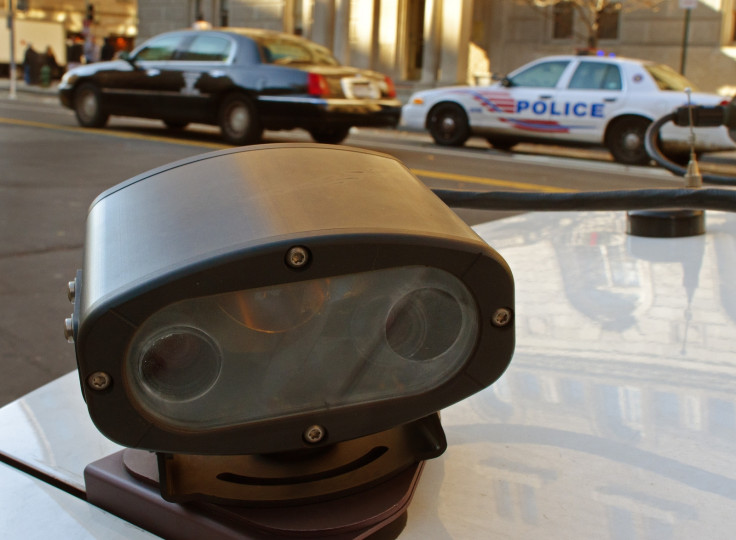Virginia shooting: Police tracked Bryce Williams within minutes using licence plate-reading technology

An automatic licence plate reader installed on a police car was able to tell a state trooper instantly that Virginia gunman Vester Lee Flanagan had passed her on the road only a few minutes earlier.
Flanagan, who used the professional name Bryce Williams, shot and killed WDBJ-TV reporter Alison Parker and cameraman Adam Ward on 26 August during a live broadcast at 6.45am ET (11.45am BST) watched by 40,000 people in Moneta, Virginia.
A disgruntled ex-employee fired from WDBJ-TV in 2013, Flanagan then fled the scene in a rented Chevrolet Sonic and police began a search for him, using his mobile phone signal to track his location.
Fast forward to 11.20am ET, when Virginia State Trooper Pamela Neff decided to type the licence plate number of Flanagan's rental car into the automatic license plate reader installed in her patrol car. Instantly, the reader showed that Flanagan's car had passed by her on the Interstate 66 highway.
"As soon as it was entered, it came up with a positive hit that that vehicle just passed me less than three minutes earlier," Neff said at a press conference, according to Fox News. "I let my dispatch know that the vehicle has passed me and I attempted to catch up with the vehicle, which was travelling eastbound on 66."
As Neff chased after the vehicle, Virginia State Police set up a traffic stop ahead, but Flanagan refused to stop and a few minutes later his car ran off the road and crashed. Police found Flanagan injured from a self-inflicted gunshot wound, and he died in hospital at 1.26pm ET.
Controversial licence plate reader technology
The automatic licence plate reader used by Virginia State Police consists of a high-speed camera that captures images of every single vehicle that passes in front of it. Software then analyses the portion of the photograph showing the licence plate to identify the number.
Some readers also have the ability to instantly check the plate number against a central database of all licence plates registered to wanted suspects If there is a match, an alert is instantly sent to the police officer's car.
In the UK, law enforcement uses Automatic Number Plate Recognition (ANPR) technology – a network of CCTV cameras stationed on most roads. Police keep footage of vehicles and licence plate data for two years, but only senior staff may access the data after a period of 90 days.
Meanwhile, according to a 2014 Rand report, at least 70% of police departments in the US are using this technology to track millions of citizens The American Civil Liberties Union (ACLU) has been fighting a war against the use of such technology since 2013, citing privacy concerns and the risk of abuse by law enforcement officials.
In May, the ACLU sued the Fairfax County Police Department in Virginia, claiming that the police were unlawfully storing large amounts of licence plate data that had been collected from the automatic readers mounted on both patrol cars and bridges.
In March, Ars Technica also carried out an analysis of licence plate data collected over four years in Oakland, California – a state where police are allowed to store such data indefinitely. The publication found that large amounts of personal information could be deduced about all the licenced drivers, including their home and workplace.
© Copyright IBTimes 2025. All rights reserved.






















